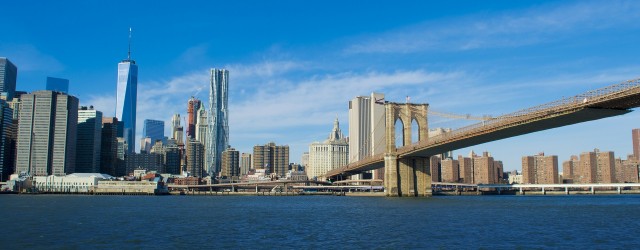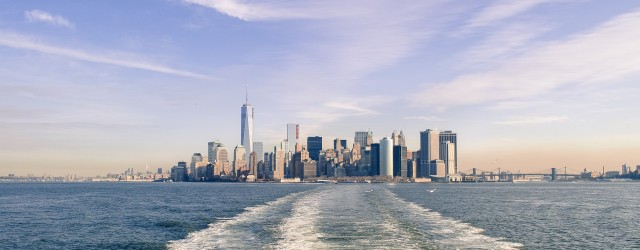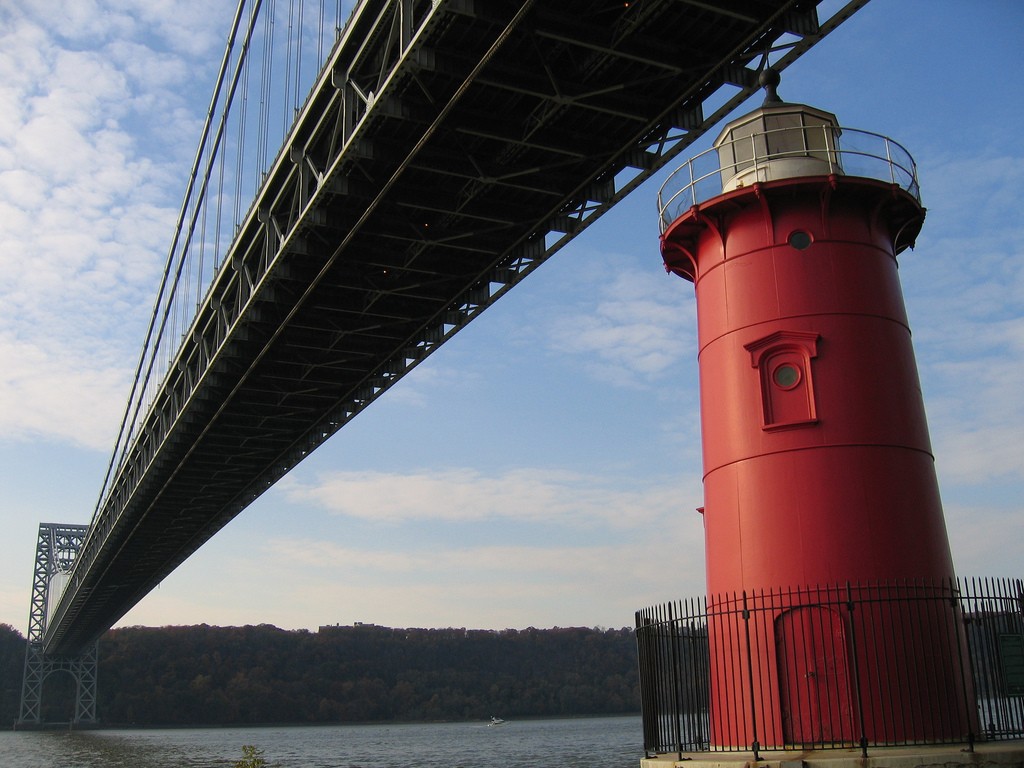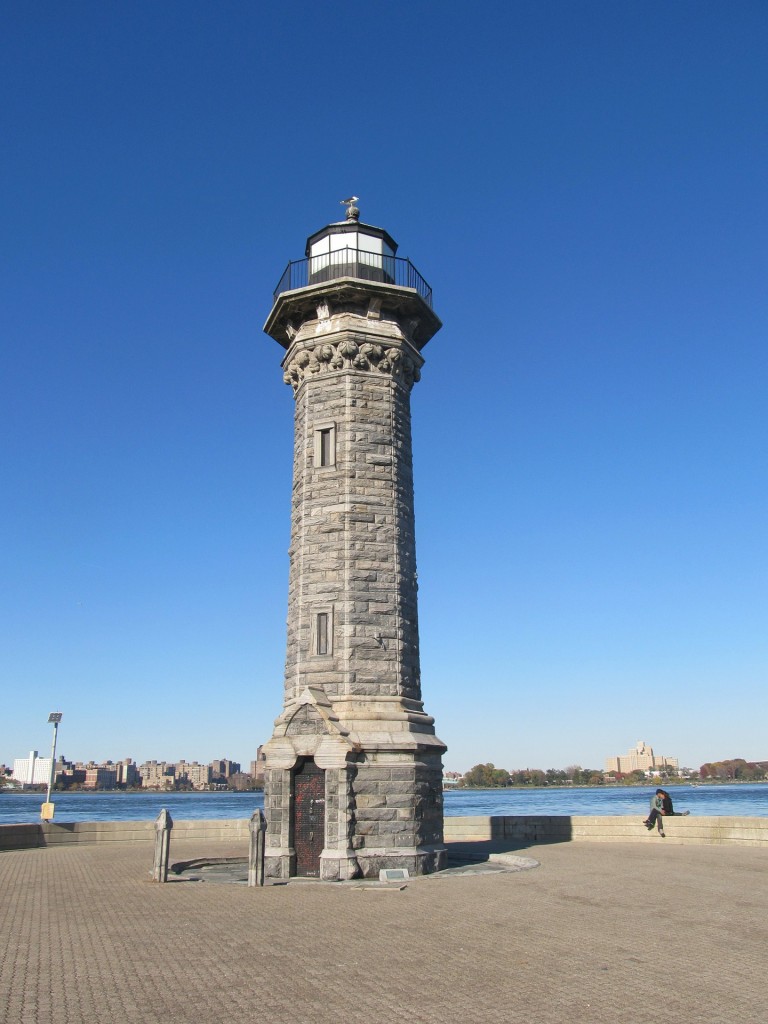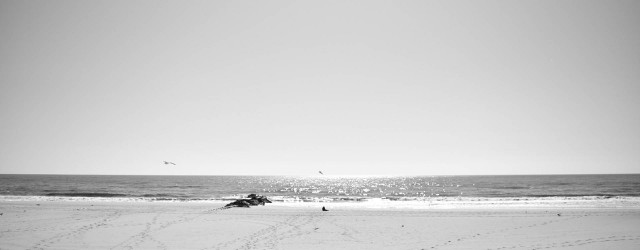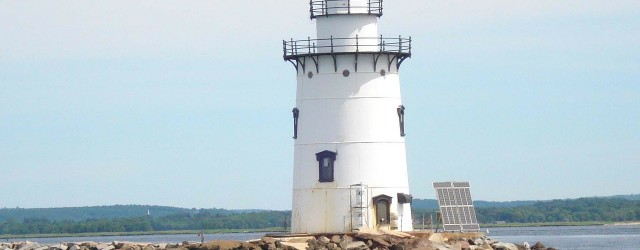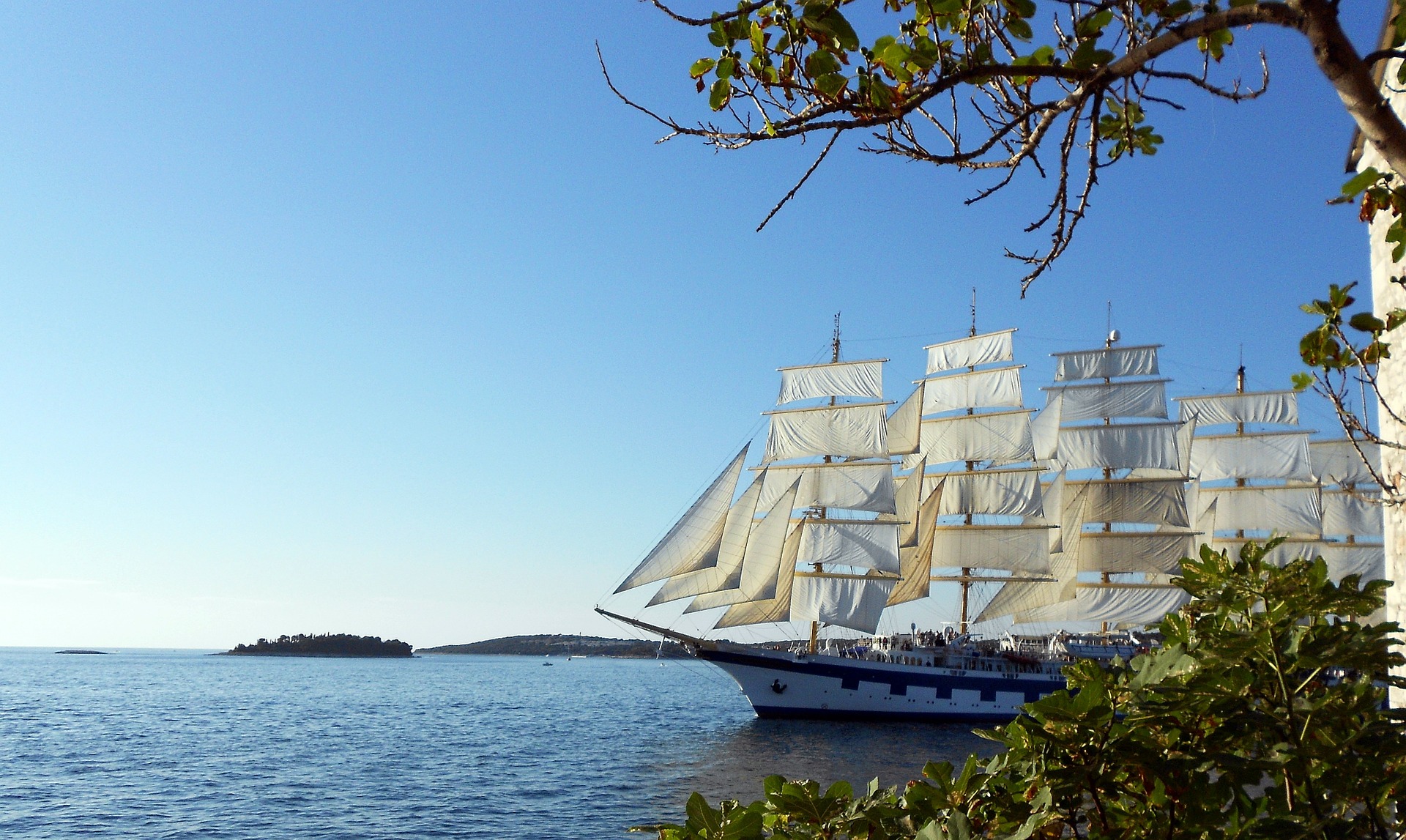New York City is home to many famous and historic lighthouses, and for centuries, has led ships in and out of its rocky harbors with the guidance of their light. As any lighthouse enthusiast would know, each building has a unique story to tell along with its history. With many of them located within only a short distance from Manhattan, you can easily visit a few of NYC’s lighthouses during a fun day trip. To plan your historical expedition today, here are some of the most incredible lighthouses to see near the area of Manhattan.
Little Red Lighthouse
Located right under the George Washington Bridge, the Little Red Lighthouse is a tiny beacon of light. First built in 1880, it’s one of the last lighthouses still standing within the city limits. Originally called Jeffrey Hook’s Lighthouse, it was renamed the “Little Red Lighthouse” after a popular children’s book successfully saved it from being auctioned off and destroyed in the 1940’s.
The lighthouse is located on the rocky banks of the Hudson River in Fort Washington Park. Street parking is available and is only a short 10-15-minute walk from the building. The path is a little steep, so be prepared for a bit of a climb.
Fire Island Lighthouse
On a Fire Island, just off the coast of Long Island, stands a black and white banded tower known as the Fire Island Lighthouse. The 180-foot lighthouse that stands here today was built in 1858, to replace the original, smaller tower built in 1826. Though the lighthouse was officially decommissioned by the US Coast Guard in 1974, it returned to service in 1986 and served as a navigational beacon for the next 20 years. In 2006, the Fire Island Lighthouse Preservation Society took over operations of the long-standing marker, making it a private aid to navigation.
Today, this historic lighthouse and its grounds are open to tours by the public – you can even climb the 182 steps to the top to take in sweeping views of the ocean below. From Manhattan, it’s just a short 54-mile drive, taking 495 east the majority of the way. While you’re there, take time to enjoy all of the Fire Island National Seashore and the nearby Robert Moses State Park.
Staten Island Lighthouse
The Staten Island Lighthouse is still active today and sits on top of a hill in Richmond, New York. It was first lit in 1912 and excited the residents and New York press alike with its incredible architecture. The New York Times was also enthusiastic about the lighthouse construction, proclaiming that it was “destined to take its place among famous beacons of the world…”
You can find this 80-foot-tall structure off of Interstate 278 on Edinboro Road and is across the street from Latourette Park. If you’re up for another short and educational jaunt after seeing the lighthouse, the esteemed National Lighthouse Museum is located about a half-hour away from the site.
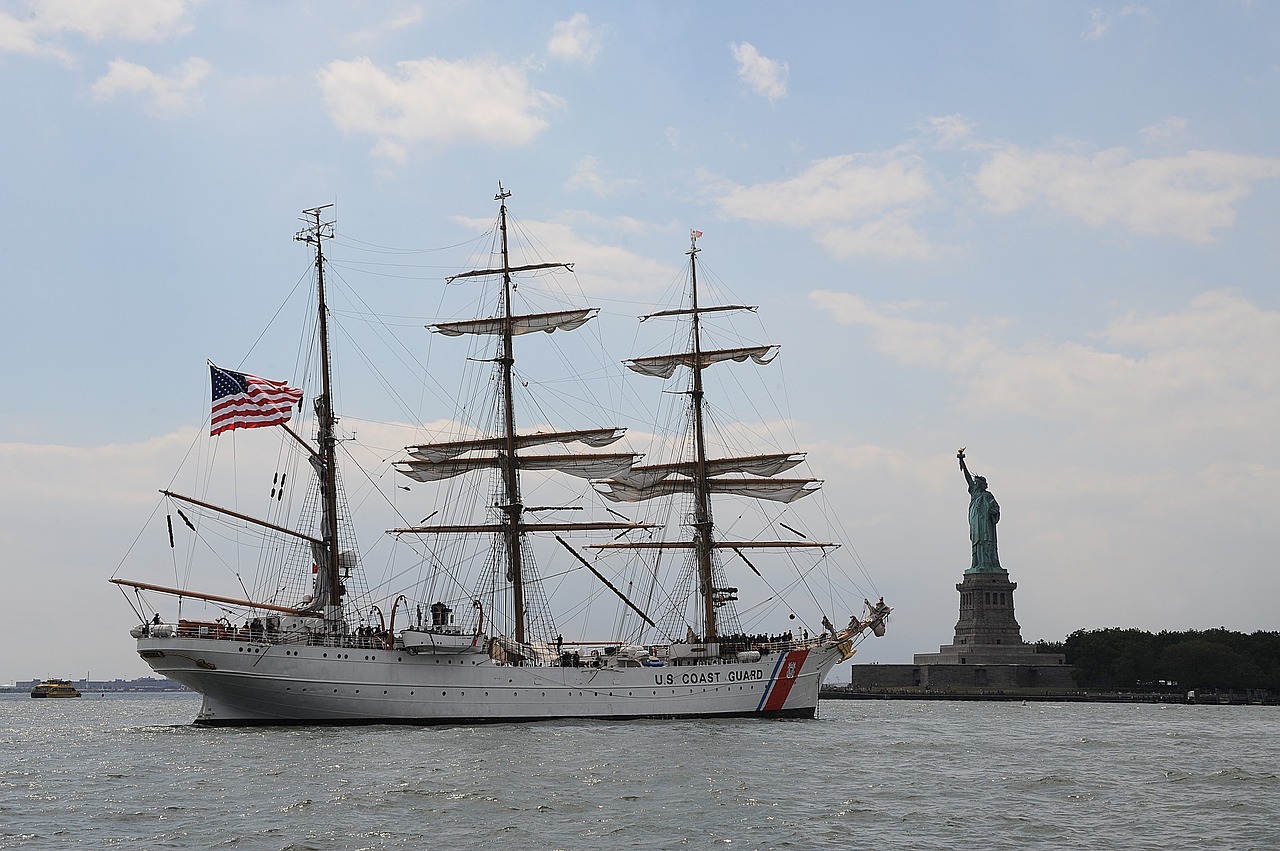
Prince’s Bay Lighthouse
If you go a little further south on Staten Island, you’ll find the historic Prince’s Bay Lighthouse. It was first constructed in 1826 but was rebuilt again in 1864 after the Mount Loretto Orphanage purchased it. Operations were halted in 1922 with the invention of lighted buoys, and the lighthouse was no longer needed.
No longer in use, but not forgotten, Prince’s Bay Lighthouse is located in the Pleasant Plains neighborhood at the highest point of the southern island tip. On a clear day, you can see a spectacular view of the city skyline from the building’s structure.
Sleepy Hollow Lighthouse
Standing on the east shore of the Hudson River is the quaint, cast-iron Sleepy Hollow Lighthouse. First lit in 1883, the lighthouse operated for 78 years before navigational lights that the Tappan Zee Bridge had installed replaced it. During its years of operation, the tower served as a home to twelve different keepers, and some of them lived in the lighthouse with their families. And although it no longer navigates ships, Sleepy Hollow is the only Caisson-style lighthouse that’s still standing on the Hudson River’s banks.
This lighthouse is easily accessible by taking a path that runs from the nearby Kingsland Point Park. Tours are also available during the spring and summer seasons for exploring the interiors of the structure.
Top

